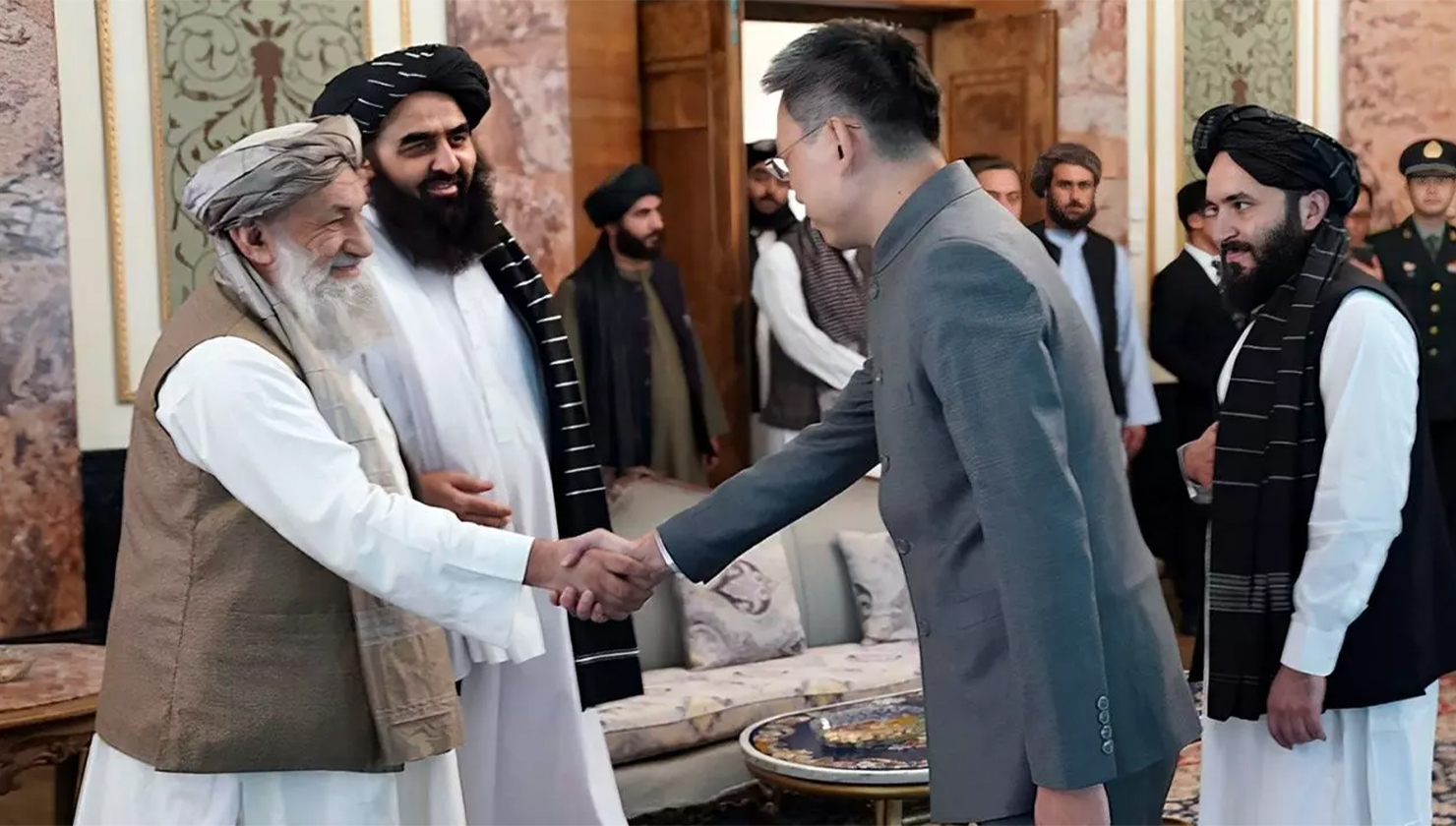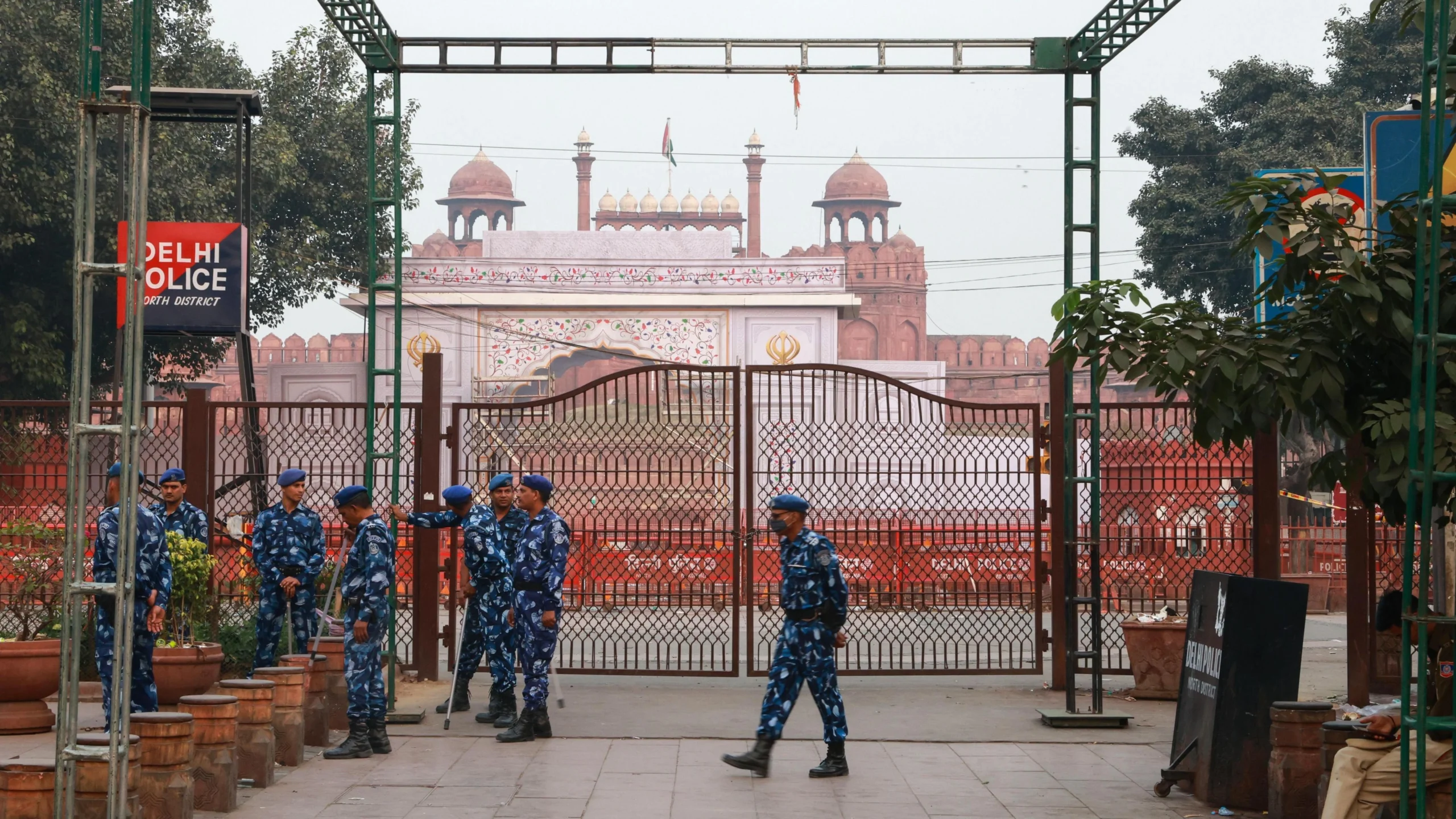Mysterious fires erupt in Iran
Seven ships caught fire when a fire broke out at a shipyard in Iranian port city Bushehr. According to semi-government news agency Tasnim, no casualties were reported. Moreover, the head of crises management organization simply claimed that a fire had broken out at a shipyard. Furthermore, he also responded that the firefighting crew reacted swiftly. They were assisted by crews from the nearby Bushehr nuclear power plant. The shipyard is used to build fibreglass hulls.
Additionally, this fire incident is one of the latest mysterious fires and explosions in Iranian strategic installations. Iranian authorities have not yet disclosed origins or causes of these incidents.
Who is Responsible for the Fires?
Although they have indirectly blamed the US and Israel for these sabotaging their operations. In a rare acknowledgement, Iran\’s state news agency Irna said the fire at Natanz could have been the result of sabotage \”by hostile countries, especially the Zionist regime [Israel] and the US\”.
Moreover, Iran\’s civil defence chief has vowed to \”respond\” if it turns out Iran was a victim of a cyber-attack.
BBC\’s version
According to a BBC report after Natanz nuclear site explosion “Just after midnight on 30 June, an email dropped into my inbox. It claimed to be from an unknown group calling itself the Homeland Cheetahs. The group said it had attacked the major Iranian nuclear site at Natanz some two hours earlier, at 02:00 local time. In the detailed message, it claimed it had blown up a facility and that the Iranian regime would not be able to hide it”
Also, in recent weeks fire incidents have been reported at a missile factory, a power plant, a medical clinic and a nuclear complex.
Timeline of recent major mysterious explosions in Iran:
26 June: Explosion near Parchin military site Tehran.
30 June: \”Gas explosion\” at a health clinic in Tehran.
2 July: \”Incident\” near Iran’s Natanz nuclear facility damaged building.
10 July: Large explosions in “an IRGC camp, west of Tehran”.
3 July: Large fire in Shiraz
4 July: Explosion and fire in a power plant in Ahwaz; chlorine gas leak at Karoun petrochemical plant in Mahshahr
15 July: seven boats have caught fire at a shipyard in the port of Bushehr





